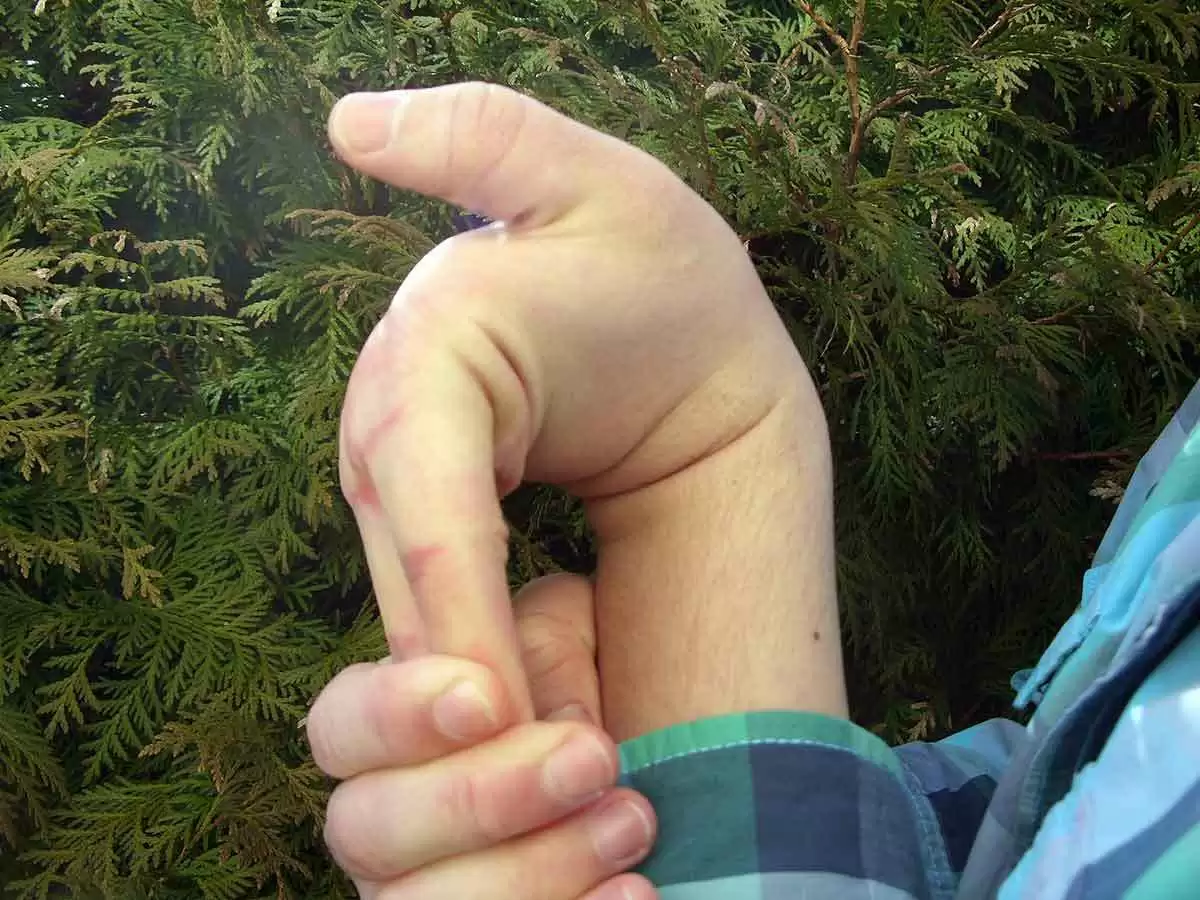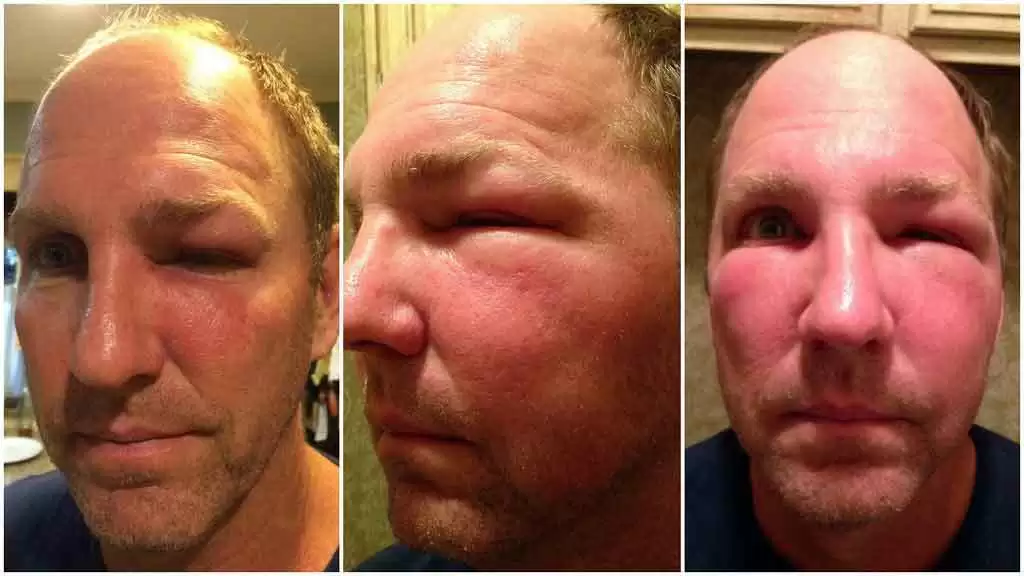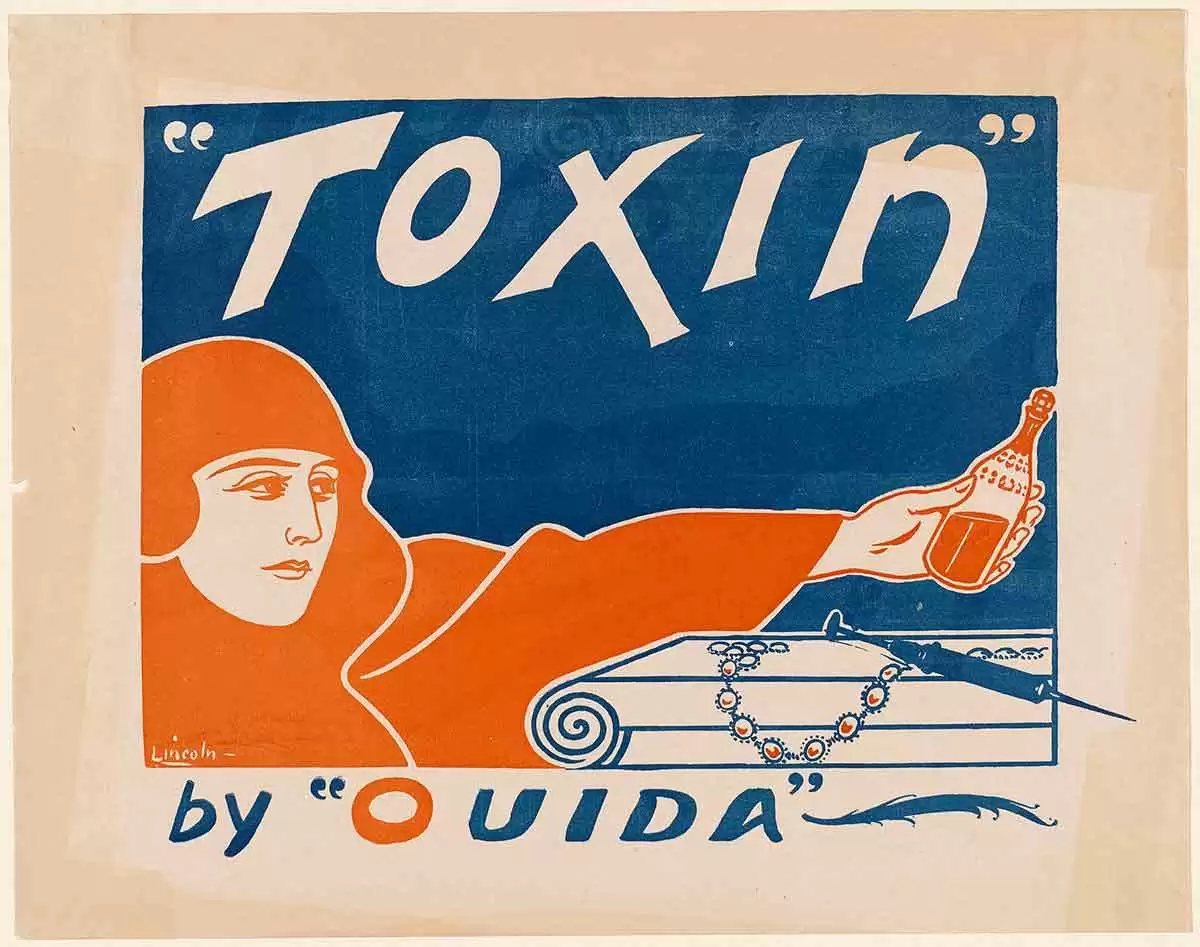
Celiac.com 09/24/2021 - Dogs generally rupture cruciate ligaments during a certain stage of their lives. This is about the same time that other dogs are blowing discs, developing heart murmurs, and suffering from immune mediated diseases and that first big wave of cancer. Some patterns beg answers, like why do the same old breeds have this happen and even the same time of year? I don’t think this is a coincidence. We see a pattern in almost all immune-mediated diseases of tissue, whether it be the eyes, neurological system, or even the kidneys. They rupture ligaments in one leg and then six months or a year later, sometimes to the day, they blow the other.
One kidney of the cat with immune glomerulonephritis is almost always smaller than the other. It’s the breeds that are the most affected which are those that are most food allergic (Labs, Cockers, Poodles, Rotties, Labs again, English bulldogs, Bichons, Cavaliers...the usual suspects). I have seen English bulldogs and Labs do it before two years of age. How did we create the chondrodysplastic breeds of dogs, anyway?
Celiac.com Sponsor (A12):
The answer lies in the study of collagen. Now, I’m not going to bore you with a big, long lecture on how collagen forms. Then read a little about one of my new found friends, Ehlers Danlos Syndrome. An internet search is very useful here. Some things appear to be here on earth to help us understand how things work, and go wrong (like peanut allergy). When we look at Ehlers Danlos Syndrome, we see some interesting things like the extremes of what goes wrong when collagen gets screwed up. Genetics and mutated genes hold the key if we have accepted the tenet that our DNA contains more viral information than it does genes. I can easily believe that viruses mutate. That’s what they do. I have a harder time grasping how and why our basic genes mutate without the presence of these guys wedging themselves in there somewhere.
Again, the patterns we see as veterinarians should tell us so much. We ought to be working with epidemiologists to solve the world’s health woes. We can help sort out the cause-and-effect relationships that we so often get completely wrong, with our tendency to latch onto the first thing that surfaces and makes sense to us. Years later, we dig a little deeper and see that our original assumption is wrong because we didn’t dig deeply enough. Right now, as this paradigm shift in medicine is taking place, drugs are coming off the shelf and true causes are being found. Meanwhile, ideas like ‘sunlight causes cancer’ just don’t hold up. Even my least medically inclined client has said “Hey, we’d all be dead if that was the case.”
We have the obviously chondrodysplastic dogs like Dachshunds, Shih Tzu, Bassets, and Pekingese. Then we have the intermediate breeds like Cockers, Schnauzers, Cavaliers, Bichons, and Poodles. And then we have the normal breeds like Labs, German Shepherds, Golden Retrievers, and Irish setters (Well, we used to have Irish setters, before we added all of the wheat to their diets). Which of these groups have the worst cruciate ligament ruptures, back problems, and heart valve problems? Which develop gastric volvulus which results from the combination of gastric motility disorders and weakened supportive ligaments? Which one dies of acute mitral valve prolapse at just about the same time the discs are blowing in other breeds?
The interesting thing to see is that it is not just the fact that a breed is chondrodysplastic that sets them up for weakened ligaments in their knees, back, or abdomen. All of the three groups above are affected by one or more of these collagen-related disorders. Some are just affected more than others. Part of the problem is that their collagen never formed properly. We’ll talk about that in a second. But, the timing of these things is one of the keys, as are the unilateral nature and even the seasonal aspects I have observed.
I believe that the common denominator is food allergy. These food allergies are simply warning signs that food intolerance is taking place in the gut. The IgE is formed at the time the damage to the villi is taking place and the main culprits are the “Big 4”...gluten (wheat, barley, rye), casein (dairy products), soy, and corn. These are the top four human, dog and cat allergens. They are also the primary allergens. I believe that most other food allergies are secondary to this damage, which is the known pathomechanism in the “leaky gut syndrome” in people. Celiacs are notorious for developing multiple secondary food allergies. This villous damage and atrophy leads to the malabsorption of calcium, iron, iodine, B complex, C, and multiple trace minerals, nutrients essential in the formation and maintenance of our entire body, including the enzyme systems that are so vital to its function.
So, why doesn’t the collagen form properly? Why do the Lab, Rottie and German shepherd have the worst juvenile bone diseases? They will be shown to be among the most food intolerant when enough interest is generated in this topic. Hill’s Science Diet now has potato-based diets and they cite “food intolerance” and food allergy as the indications. I wonder if any pathologists are dusting off their microslides of celiac disease in the Irish setter and re-familiarizing themselves with that lesion? Human pathologists have overlooked this lesion for years and years. We went from “a rare disorder occurring in less that 1:5000 people” to 1:100 almost overnight. The lesion has always been there. It was just missed for a number of reasons.
Those with food intolerances such as celiac disease have staggering rates of immune-mediated disorders. This includes whopping amounts of Hashimoto’s and Graves disease, rheumatoid arthritis, type 1 diabetes, lupus, and other immune-mediated diseases. Could it be that collagen is just another tissue type that the immune system decides to attack at some point, just as it does blood cells, kidneys, eyes, the pancreas, and the peripheral nerves? Could some of these spontaneous (and even some of the not-so-spontaneous) cruciate ruptures be immune-mediated? The timing is right.
To understand that all we really have to understand is the concept of lectins. Lectins go everywhere they enter the body. They might be seen as an immune-mediated house-cleaning party, with the immune assaults wiping out the lectins and the viruses that the lectins released by changing the cell wall’s physiology. This would cause those viruses embedded in the cell’s cytoplasm and those in our very DNA, to adapt to the challenge. I wonder why some viral information makes it to the DNA while that from other viruses remains in the cytoplasm. We ought to look into that.
What happens when we become sensitized to these lectins? At what stage does that take place in an individual’s life? Are there degrees of sensitivity? Are we sensitive to one, two, or all four of the Big 4? Is there such thing as a mild case of gluten intolerance? Are some people eating much worse diets than others? Are there good things in nature that help block the effects of the bad lectins? Do pollution, lifestyle, lack of sleep, and other bad habits play big roles in who is most afflicted? I think most of you know the answers these very important questions. They help establish the spectrum of illness we see among individuals.
Ehlers Danlos is an interesting condition. When you read about it, you see everything from being double jointed to mitral valve prolapse, excessive bleeding, and aortic aneurysms. It’s a “who’s who” of connective tissue diseases and another good example of a spectrum disorder. But if you put “acquired Ehlers Danlos” in the search, you get some really interesting stuff. As a friend and mentor used to say to me: “You might wanna look that one up.”









Recommended Comments
There are no comments to display.
Create an account or sign in to comment
You need to be a member in order to leave a comment
Create an account
Sign up for a new account in our community. It's easy!
Register a new accountSign in
Already have an account? Sign in here.
Sign In Now